2. Establishment of Yantai Shougang DENSO Co., Ltd.(YSD)
1. Preparatory stage before joint venture
In 1993, NIPPONDENSO began planning to enter the Chinese market. Since the Chinese market was still very small at the time, the company decided not to limit itself to any particular auto plant or group in order to secure profits for its business, but rather to pursue partnerships with all car manufacturers. This laid the foundations for the later establishment of Yantai Shougang NIPPONDENSO (currently Yantai Shougang DENSO) via a joint venture with Yantai Shougang Dongxing. However, the joint venture between NIPPONDENSO and Shougang Dongxing was not all smooth sailing. In 1992, in order to resolve their own technical and quality problems, Shougang Dongxing's president Du Baodong (later the first chairperson of Yantai Shougang DENSO (hereinafter, "YSD")) and five other members visited the Beijing office of NIPPONDENSO (later the headquarters of DENSO Investment China (hereinafter, "DICH")) to explore the possibility of a joint venture. The NIPPONDENSO personnel were Hiroshi Yoshihara, chief representative of the Beijing office (later YSD Sales Manager), and Akihiro Maruyama, representative. Although Shougang Dongxing invited NIPPONDENSO to form a joint venture, the latter had never seriously considered expanding its car air conditioner business into China before, and so the discussions did not proceed any further. Through an introduction from the Yantai municipal government in 1993, Shougang Dongxing began joint venture talks with other company. After nine months of talks between the two sides, that company announced it would enter into an alliance to provide technical support only, not to invest in a joint venture. At the final stage of the talks, NIPPONDENSO, which had confirmed its plans to expand into China, contacted Shougang Dongxing to discuss a partnership. Ultimately, Shougang Dongxing chose to partner with NIPPONDENSO.
2. Establishment of Yantai Shougang NIPPONDENSO Co., Ltd.
On October 7, 1993, NIPPONDENSO and Shougang Dongxing signed their joint venture agreement in Beijing. After being invited to the first exchange meeting in Beijing, NIPPONDENSO decided to enter the Chinese market. The company started coordinating with Shougang Dongxing, with the "Xiali" as the target model. Chosei Ujiie, executive vice president of NIPPONDENSO, represented the company in the difficult coordination with each of the investment companies, while Masaaki Furukawa, then executive vice president (and later chairperson) of Toyota Tsusho provided great support.
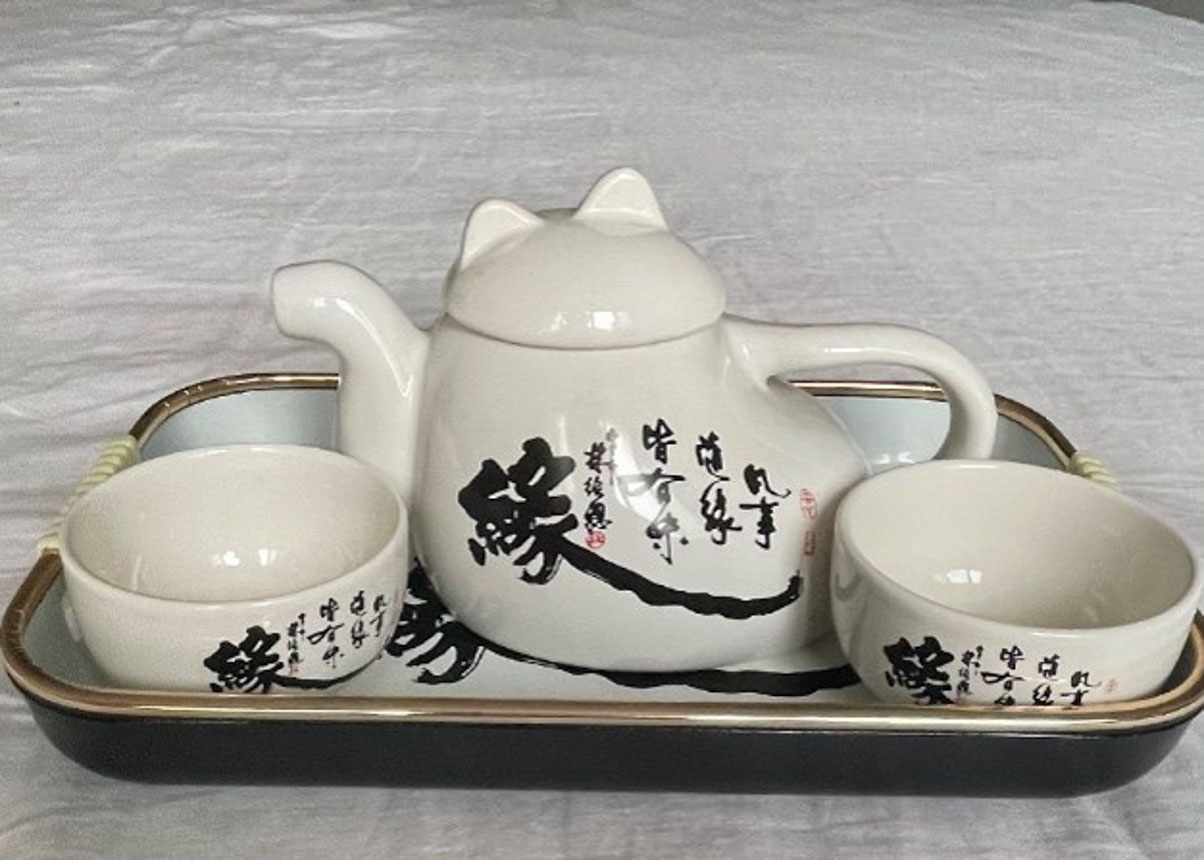
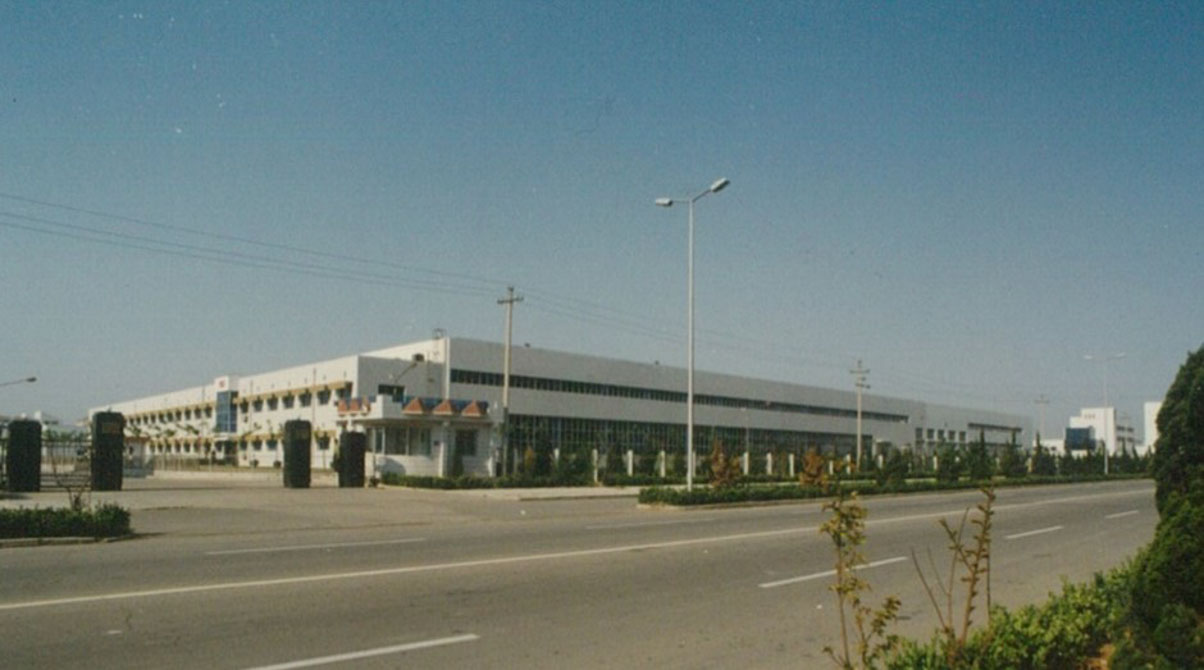
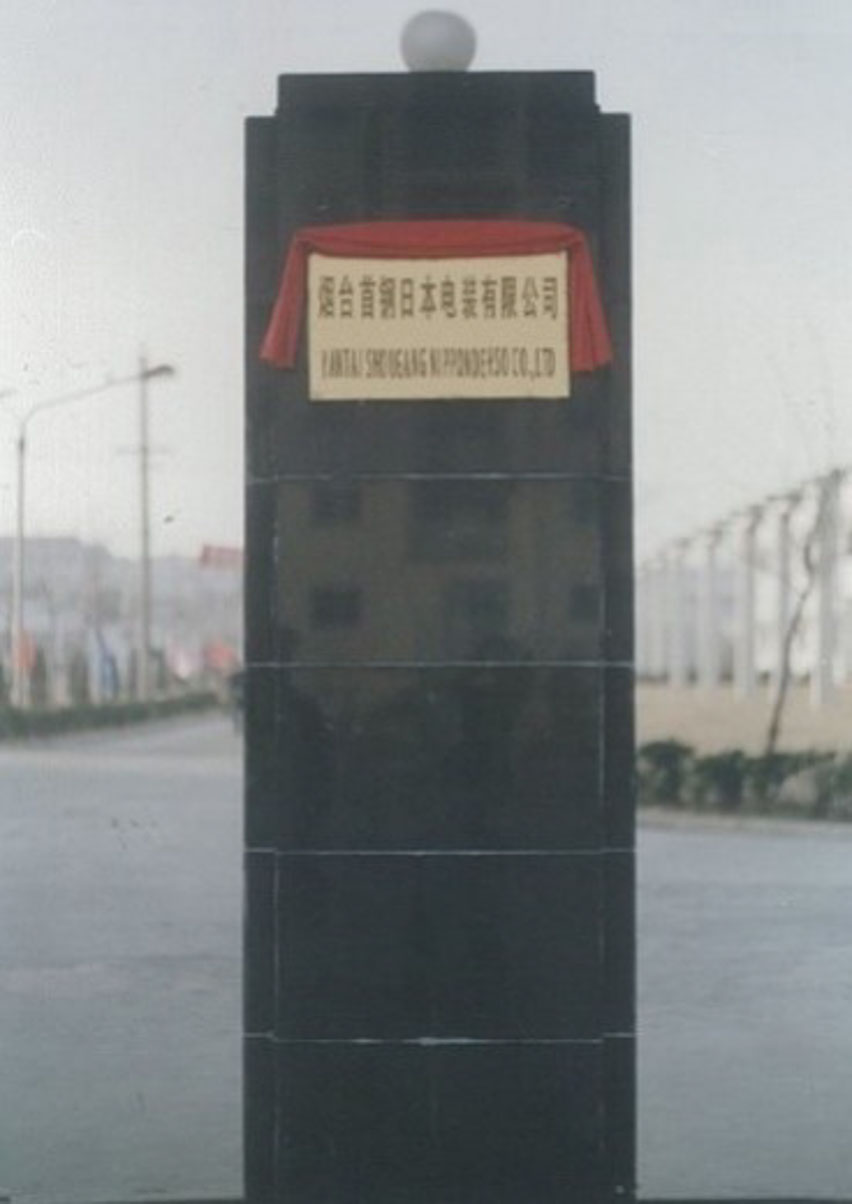
One month before the joint venture letter of intent was signed, NIPPONDENSO president Tsuneo Ishimaru flew to Beijing to obtain approval from the Chinese government and meet with officials. At the same time, Ujiie, executive vice president, held a meeting with Du, president of Shougang Dongxing, in Yantai. In Yantai, President Du made two requests. The first was to jointly invest in the venture, and the second was to start promoting it immediately. On November 29 of the same year, the two sides discussed practical matters, ranging from the investment ratio to the details of the production plan.
The biggest challenge in establishing a joint venture at the time was obtaining approval from the Chinese government. Both sides therefore worked hard to resolve this issue. Although an understanding (about Shougang Dongxing's predicament) was obtained from the relevant government officials, final approval was still not given. The new company could not be established without government approval, and so preparatory work was suspended for two or three months. But President Du would not give up. Having made contact with the government of Shandong Province (Jinan), he explained the tough situation, and succeeded in obtaining their strong support. Now that the Shandong government was fully cooperating, a meeting was held in the province's capital city, Jinan, with more than a dozen people from the Japanese side, including NIPPONDENSO's executive vice president Ujiie, attending from Beijing. The Shandong government was extremely cooperative, and the Japanese group were presented with tea utensils bearing the Chinese character “縁” meaning destiny or relationship. On November 24, 1994, the parties to the joint venture signed the joint venture agreement at Shougang Dongxing in Beijing. In December that year, the new company finally obtained its business license, and the joint venture company between Shougang Dongxing, NIPPONDENSO, Toyota Industries Corporation, and Toyota Tsusho was established. Yantai Shougang NIPPONDENSO (NDSG, currently YSD) was born.
After the company's establishment, the initial target vehicle air conditioning system for the Tianjin Xiali was not awarded, but they continued to develop the market and made repeated customer proposals. As a result, they secured an order for the air conditioning system for the Jinbei Hiace from Shenyang Jinbei (the first product from YSD). Subsequently, they expanded sales in the passenger car market, entered the construction machinery market, developed the bus air conditioning market, and acquired the air conditioning business for Guangzhou Honda (transferred to DMGZ in 2004), leading to a significant increase in sales.
In 2012, in order to improve management efficiency, discussions between DENSO, Toyota Industries Corporation, and other shareholders led to Yantai Shougang TD Automotive Compressor (hereinafter, YST) being separated from the management of YSD to become a producer and seller in the compressor business. On July 12, YST held its grand opening ceremony. Attendees included: Akio Shikamura, senior executive director of DENSO; Kazunori Yoshida, vice chairperson and Masaharu Suzuki, senior executive director of Toyota Industries Corporation; Noboru Yamada, president of DICH; Du Baodong, president of Shougang Dongxing; and Liu Zonggan, director of Shougang Corporation.
3. Regeneration phase to 2nd founding phase
The split with YST enabled the company to become leaner, allowing it to concentrate its resources on areas in which it excels, and to pursue development there. However, in the years following the split at the end of 2012, the company faced a difficult business environment due to the effects of monetary tightening in response to the inflation brought about by the economic stimulus measures after the 2007-2008 financial crisis. Due to the downturn in the construction equipment industry, YSD suffered three consecutive years of declining income and profit from 2013 to 2015.
The company came up with a management strategy to get out of this predicament, vigorously promoting the development of new products and sales activities. The following four measures were particularly important.
- Developing and receiving orders for state-of-the-art construction equipment air conditioners that can be used in the global market
- Adding mini-shovels to construction equipment air conditioners to expand the range
- Having business that is less dependent on the domestic economy by releasing products utilizing YSD’s characteristic VB furnaces and by increasing exports
- Starting to consider entry into the agricultural machinery market
Since the company could not expand its current site and YST had multiple die-casting lines that were not suitable for relocation, YSD, which was relatively light, decided to move to a new site and construct a new plant. When Toyota Industries Corporation transferred its holding stocks and invested in YST, the ownership ratio changed, making DENSO the majority company.
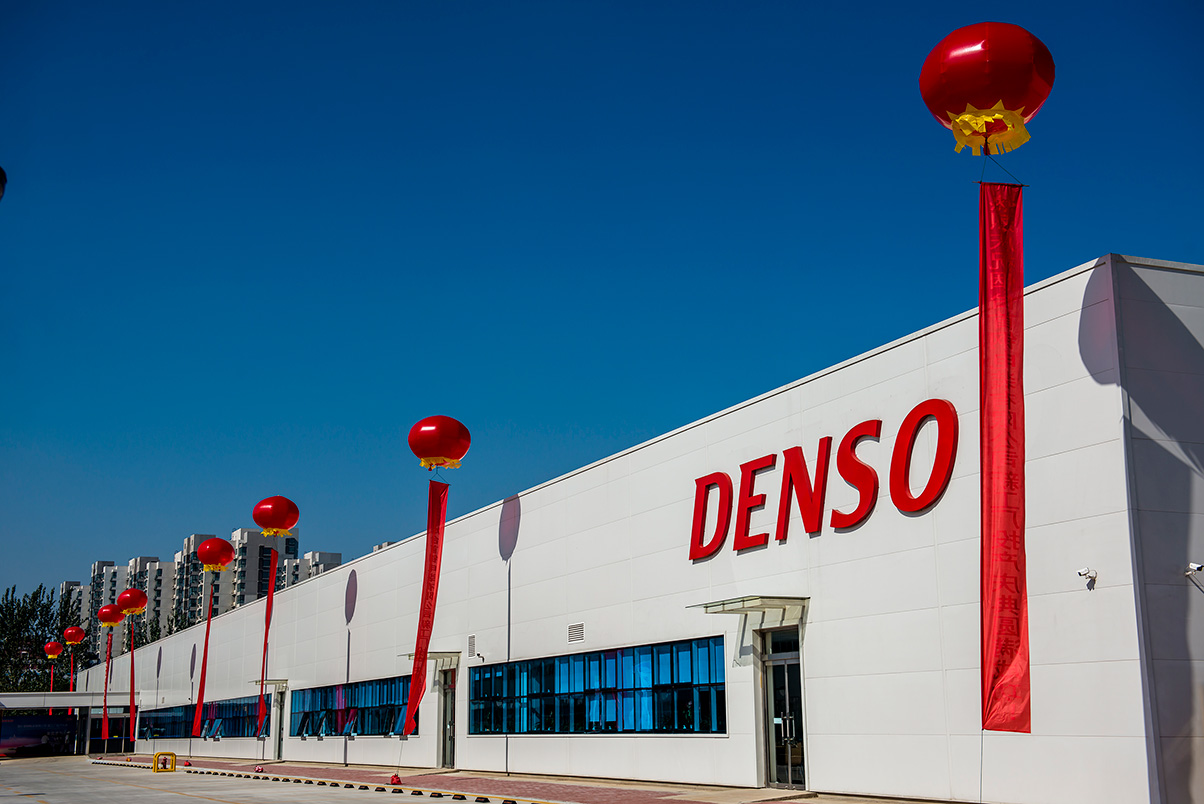
YSD moved to the new plant and at the same time launched a full-scale new business development. During this period, China’s construction equipment industry grew significantly as the Chinese government's Belt and Road Initiative led to an expansion of infrastructure and various construction projects such as highways, high speed rail (Shinkansen), and airports. With the expansion of the construction equipment market, YSD's air conditioners also increased their sales volume, and by maintaining their high standards of quality, cost, and development speed, they gained credibility with customers and improved their business performance. With the success of new businesses such as the new HVAC and oil coolers, which had been prepared during the difficult post-split period, YSD was able to achieve further growth.
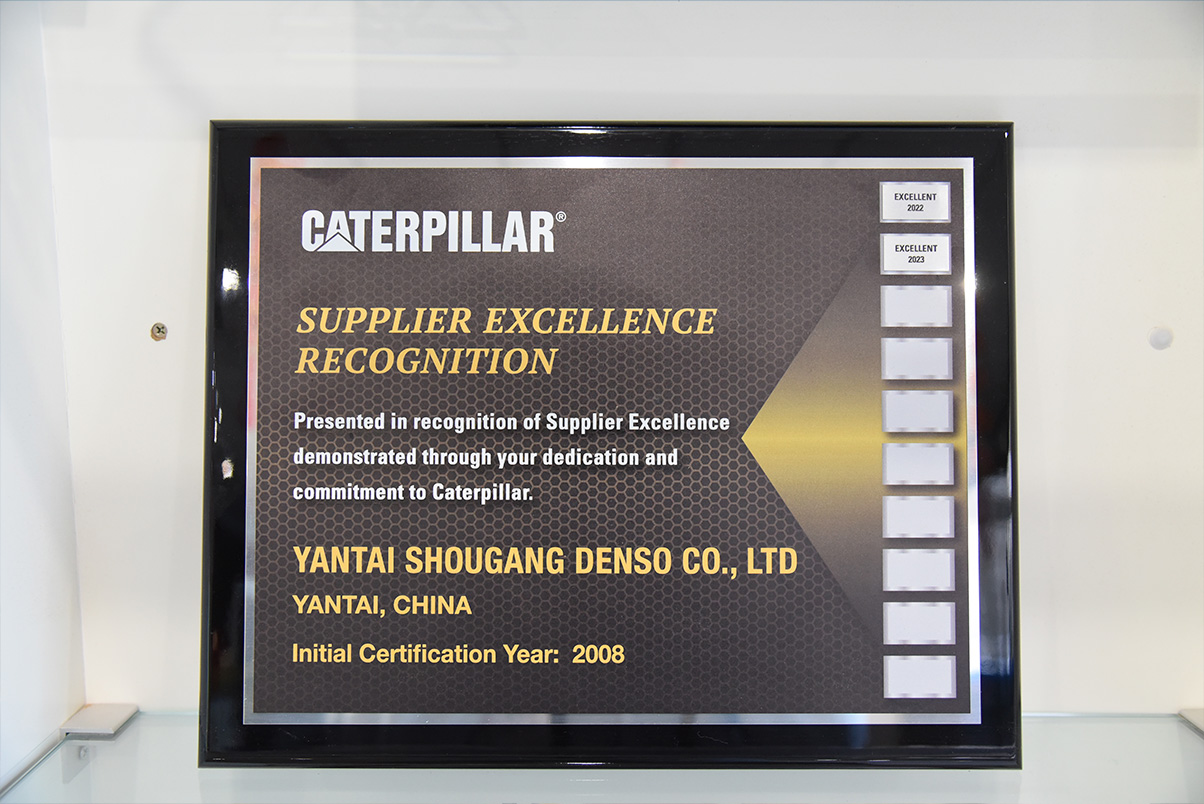
In 2020, the company achieved a record high profit margin of and break-even ratio. It received a high evaluation from DENSO Headquarters for this performance and for the indicators of safety, quality, and constitution. It also received the Quality Platinum Award from Caterpillar Inc., as a result, it received the first prize of the DENSO President’s Award for its achievements especially in the quality field. The president’s award recognized YSD’s collective strengths, share of China’s construction equipment air conditioner market, which is based on its product development speed and low costs that surpass those of its competitors, as well as its SDG (sustainable development goal) activities.